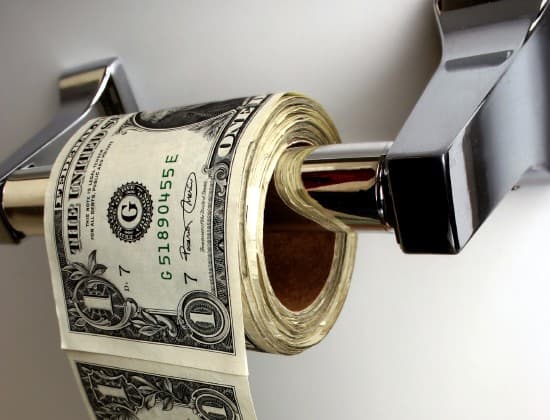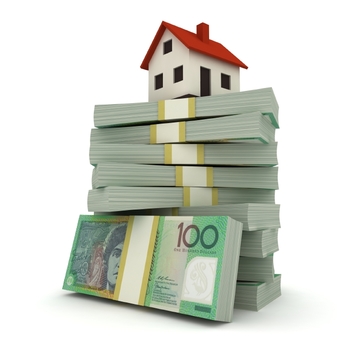No one wants to lose money indefinitely, so the annual return and payback period is very important to know and understand. So too are the risks associated with the investment.
It’s one thing to risk your own money, but it’s another thing when the bank still wants its money back even if you suffer a loss.
Here are a few different scenarios:
Scenario 1:
Bill earns $80,000 p.a. and has $100,000 saved up. He has decided to by some shares and would like to borrow a further $100,000.
His $200,000 Investment is spread across 20 different shares to get some diversification.
The $200,000 of shares will pay dividends of approximately $8,000 p.a. His interest cost is $7,000 p.a. and he pays his Financial Advisor $1,500 p.a. for advice on which shares to purchase. So his cash flow is negative $500 p.a.
In this scenario, Bill would be $2,280 p.a. cash flow positive, and will pay tax on any realise Capital Gain once sold.
Scenario 2:
Kelly earns $80,000 p.a. and has saved up $150,000. She has decided to buy a property worth $650,000 and will borrow $530,000 to cover Stamp Duty as well.
Her property generates rent of $500 per week or $26,000 p.a. The outgoings are $6,000 p.a. and the interest cost is $29,000 p.a. So Kelly has net cash flow of negative $9,000 p.a.
In this scenario, Kelly would get a tax refund of $2,800 p.a. so she would still be over $6,000 p.a. out of pocket. Kelly is relying on a final Capital Gain to recover her losses now.
Types of gearing
Property: You would usually look at a normal Home Loan Product. Generally you would do an Interest only loan to maximise your tax deductions and to keep your cash flow costs to a minimum.
Shares: Many people redraw any available equity on their home loan facility and use that. This generally works well as the interest rate is low and there are no margin calls – which make it easy to understand and operate.
An alternative approach for share would be to take out a Margin Loan. Under these types of loans, the share investments are used as security. You will have to contribute a margin towards the purchase which is not too different to paying a deposit towards a house.
If the share portfolio was to fall in value significantly, you may be required to kick in some more cash or sell down some of the shares to restore the margin. This means constant monitoring and advice is pretty important.
Managed Fund Investments: You can do both Margin Loans or Equity within your home. But you may also be able to contemplate an internally geared managed fund. Under this style of investment, you are not a direct borrower (helpful if you have no available equity) but the fund manager will borrow and invest in the background giving you a leveraged position without the risk of a margin call.
As with all financial products, paper advice should be obtained to assess your capacity to absorb risks/debts and the income to make repayments.
A GNS Group Financial Planner can work with you to grow your wealth.

















